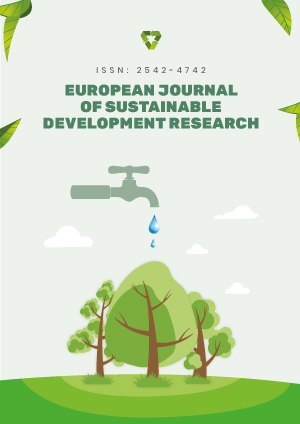Abstract
The establishment of various programs targeted at youths by the government is a way to improve decent work opportunities for them thereby reducing the incidence of unemployment and poverty. One of the programs structured to address unemployment and improve the welfare of youth in Nigeria is the agricultural youth empowerment scheme. However, the empirical evidence on the impact of participation in the program on the welfare of participants is limited. Hence, this study was designed to estimate the impact of the program on the welfare of youths in Southwestern Nigeria using the logit model and propensity score matching. A multistage sampling technique was used to randomly select 316 beneficiaries and 656 non-beneficiaries across 2 states (Oyo State and Lagos State). Findings from the analyses indicated that age, ethnicity, years of education, and being a member of a social group positively increased the probability of participation in the program. The impact of participation on the monthly per capita expenditure was estimated to increase by N6,946.47 for the beneficiaries and it reduced the poverty status by 46.8 percent. Therefore, participation in the scheme has a positive impact on the welfare of youth beneficiaries. It is recommended that the youth empowerment program should be replicated in other segments of the economy.
License
This is an open access article distributed under the Creative Commons Attribution License which permits unrestricted use, distribution, and reproduction in any medium, provided the original work is properly cited.
Article Type: Research Article
EUR J SUSTAIN DEV RES, Volume 9, Issue 3, 2025, Article No: em0304
https://doi.org/10.29333/ejosdr/16348
Publication date: 01 Jul 2025
Online publication date: 06 May 2025
Article Views: 1207
Article Downloads: 581
Open Access References How to cite this article
 Full Text (PDF)
Full Text (PDF)